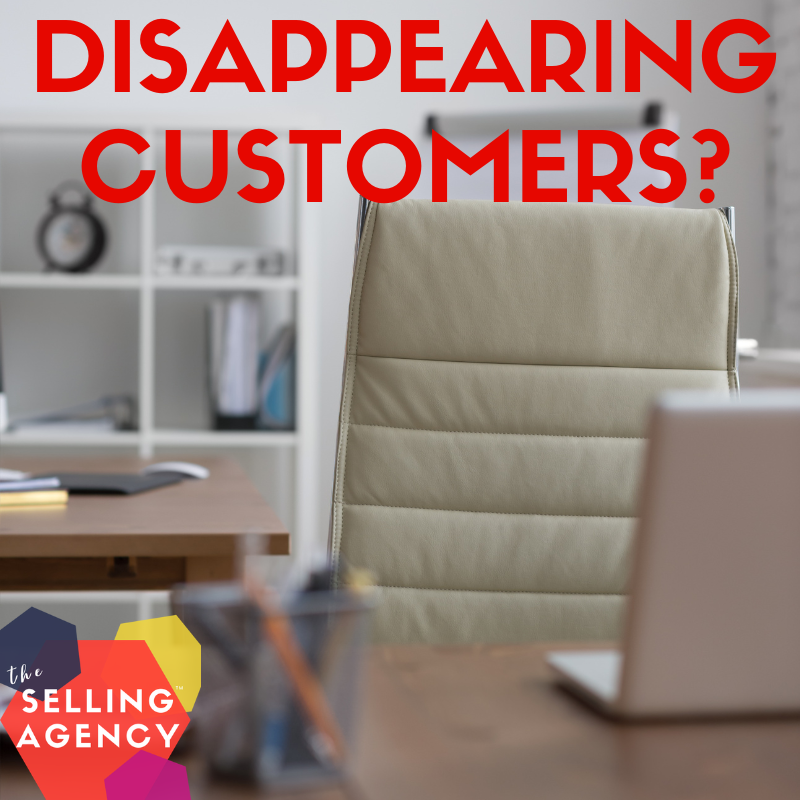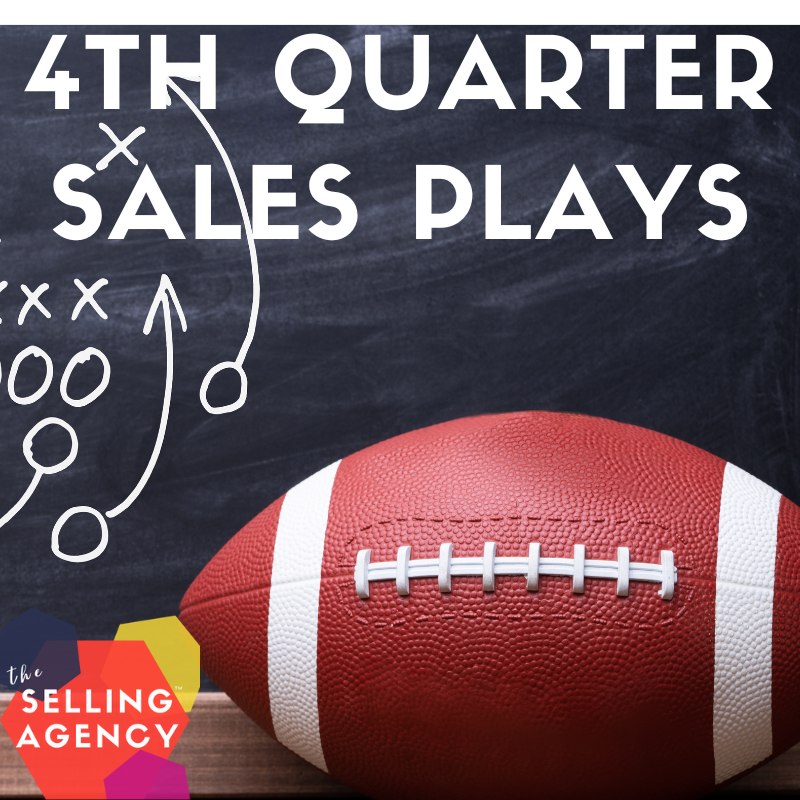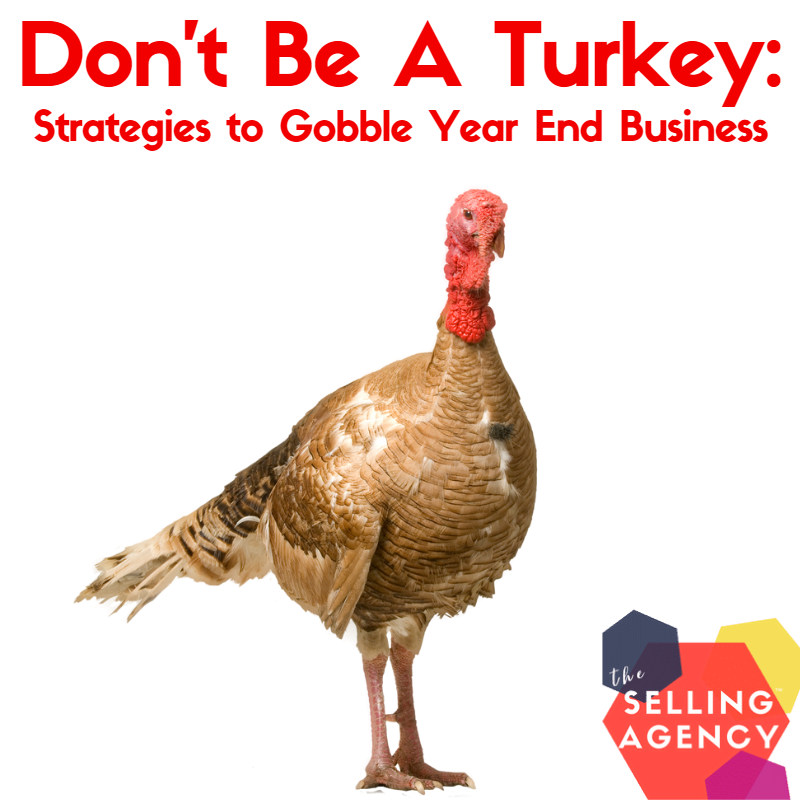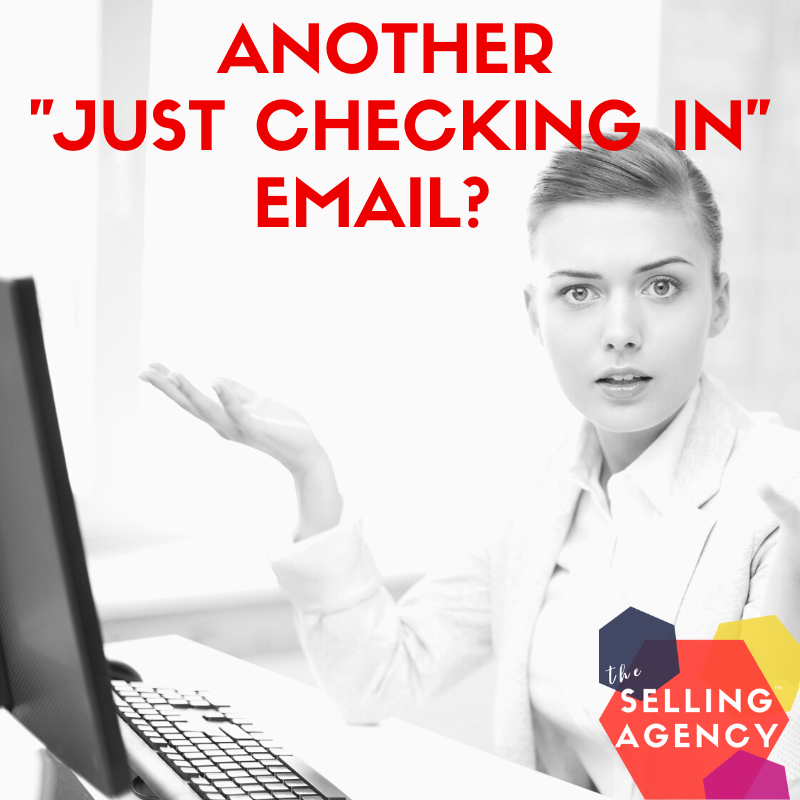Has this ever happened to you?
A hot prospect shows tremendous interest. You have a great first conversation. Your initial meeting was promising. You agree to talk next steps. You send them an email to follow up . . . and get crickets. You leave them a voicemail . . . and hear nothing. You send another email . . . only silence.
Your hot prospect just ghosted you.
But why? What happened? What made them disappear from you? And what can you do about it?
Why do buyers disappear on you?
When working through my sellers’ pipelines and opportunities, this comes up a lot. Usually, it’s because after 2 or 3 times I ask about a prospect, I finally get the real story of “They’ve quit responding to me. I don’t know what I did. We had a great connection and I thought they were ready to move.”
They truly don’t know why they’re getting the silent treatment. Most assume it’s something they did wrong or that the customers didn’t like the product or solution.
Usually, when we dig in, though, we discover, “It’s not about you.” It certainly has to do with you, but the reason you’re getting the cold shoulder is not that your buyers don’t like you. There are probably dozens of factors that your buyer has vanished. When we go deeper into these opportunities, there are some recurring explanations we can pinpoint.
Here are the most common reasons your buyer goes radio silent:
They’ve made a decision but they’re on their own timeline. Whether they’re going with you or a competitor, or are going to put off the purchase, your customer has made an informal decision, they just don’t have to BUY right at this moment. They either have other things to line up to make the purchase or they don’t have the same sense of urgency you do. And, as sellers aren’t ALL deal closings urgent to us? For years, sales trainers have ingrained into sellers that we can manipulate our customers into taking action. Maybe that worked 20 years ago but right now, your customers are firmly in the driver’s seat. Rarely can you ever impact your customers’ decision to pull the trigger because YOU deem it the right time. Take a chill pill on that one.
Be honest and ask about their decision time frame and all the factors they’re considering on the front end. Make sure you have a strong enough relationship to be able to be privy to that information and continue to work with your buyers so you understand HOW and WHEN you’re valuable to them.
Other priorities need attention. A hard one to swallow but yes, we’re not always a prospect’s number one priority. Business owners and CEOs, in particular, have quickly shifting priorities, and one minute you may think they’re in love with you and a breath away from signing, and then BOOM, they drop you like a hot potato. Again, it’s probably NOT about you. Employ your empathetic skills and understand what it really takes to run their business and all the fires they put out on a daily basis.
Stay visible during this time. Show them you understand (after you have that transparent discussion with them) that this isn’t going to happen right now. Keep putting resources and valuable insights in front of them and when the time is right, they will choose YOU because you stayed with them.
A purchase from you means they need to address something else up/down the line. Here’s one thing that I think sellers overlook when thinking about their customers purchasing from you: Nothing happens in a vacuum. If budget A is allocated to you, then what happens to budget items B and C? If your product is at a premium, then what budget item gets crossed out? If your customer purchases from you, do they have the right staff in place to handle your solution? Do they have to add employees? Hire and train? If they have to take managers out of the field for training who will cover those responsibilities?
We tend to only think in terms of our own “sales box” and what goes into making a sale with us. There is a LOT that happens outside and around our sale that may have to be worked out before a prospect buys from us. That may take time, cash flow, resources, effort . . .
Understand that CLEARLY and you’ll have a better picture of the timeline for your sale. You may also be able to offer resources and support to shorten the time it takes to get to your sale. Either way, you can improve communication by recognizing there are more things to consider when your customers purchase from you.
Most of these can be summed up by stating that a buyer that goes silent means you probably haven’t done enough due diligence to really understand HOW and WHY they make decisions or perhaps even WHO is really involved.
So, what can you do to prevent being “ghosted” by your prospect?
Ask better questions. Sometimes in our excitement for a prospect that has an early interest, we forget to ask all the right questions. What did you miss in those first meetings? Review your questions, prequalifying criteria, and due diligence process to make sure you understand the buyer. How do they really work? Who in the organization has influence? What have they tried before? What does this purchase mean for them? Who is impacted up and down the line? Think big picture and granular for those impacted.
Reviewing the information your customers need to make decisions is also a fantastic way to re-engage them if they have gone silent. What questions can you ask to help bring them more insights?
Meet more people. If the trail has “gone cold” perhaps you need more than one trail. Depending on the type of product or solution you sell, it’s a very good idea to NOT be “single-threaded” in the organization. Putting all your eggs in one buyer basket is a great way to get scooped by your competitors.
Building relationships up and down the hierarchical line gives you the advantage of getting multiple viewpoints on your product and its problems. You are able to speak in each buyer’s currency and sell to them individually, address their costs and risk factors individually . . . instead of being at the mercy of one buyer who relates your perceived value to other influencers and decision-makers.
Keep showing up and be valuable. Please NEVER send the “just checking in” email. It reeks of desperation and is the most deleted email ever (I don’t officially know this, but I’m assuming). If you’re going to continue to show up, make sure you bring something valuable, something worth discussing, to your buyer.
Share similar problems from your customers. Introduce team members. Ask more questions. Connect them with resources. Show up in multiple places . . . email, in person, conferences, on the phone.
Keep showing up but make darned sure you bring value to your efforts or you’ll continue to be ignored. Your buyers may not be responding but they’re still watching, listening, and paying attention. Give them a reason to re-engage.
Finally, a full pipeline cures all ills. If you are prospecting harder and building strong relationships within real opportunities, you’ll stress less and not obsess over a prospect that goes quiet. Make sure you’re prequalifying your opportunities and doing smart due diligence so your buyer doesn’t disappear or more likely: you have a more accurate picture of their true timeline.
If you’re baffled as to why prospects are vanishing on you, go back to the foundation of your sales process (don’t you eye roll me here). That’s what you do when you have a problem. Go back to the basics. That’s what athletes and performers do, right. And sales is a performance sport!
Don’t obsess over disappearing customers. Better prospecting, prequalifying . . . better questions, stronger communication, and meaningful relationships – these can keep you with a healthy pipeline full of great opportunities that keep moving through the sales process. Demonstrating patience, empathy, and the value you bring to the party will help prevent those evaporating opportunities in the first place.
Until next time, stop hoping and start SELLING!
-sks










